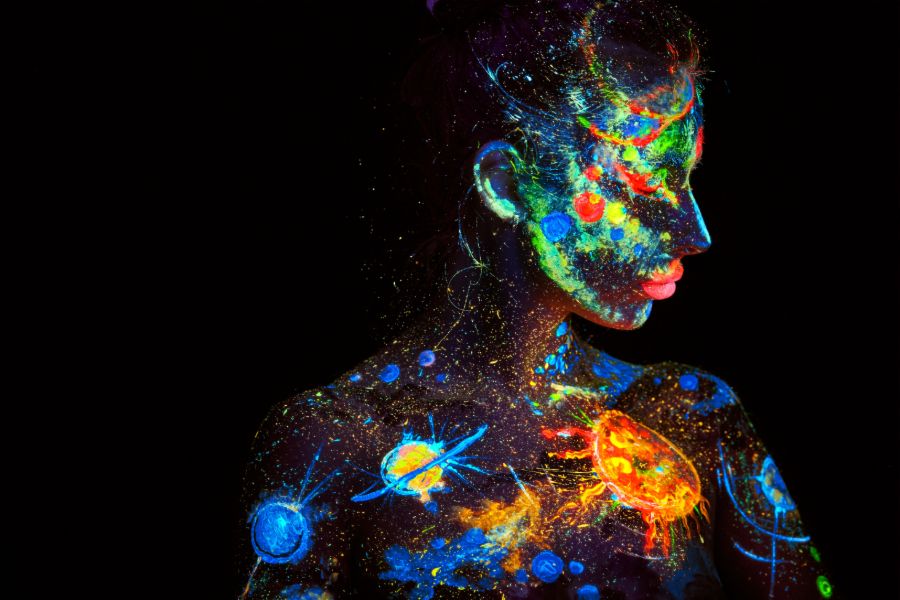- Clinical Technology
- Adult Immunization
- Hepatology
- Pediatric Immunization
- Screening
- Psychiatry
- Allergy
- Women's Health
- Cardiology
- Pediatrics
- Dermatology
- Endocrinology
- Pain Management
- Gastroenterology
- Infectious Disease
- Obesity Medicine
- Rheumatology
- Nephrology
- Neurology
- Pulmonology
The Menace of Silent Migraine
"Typical aura without headache" is a relatively rare headache diagnosis and not easy to make. Three leading headache specialists offer guidance on how to recognize and treat.

In her essay “In Bed,” writer Joan Didion describes migraine as a “complex of symptoms, the most frequently noted but by no means the most unpleasant of which is a vascular headache of blinding severity. . . . ”
For a minority of those with migraine, that complex of unpleasant symptoms doesn’t even include a headache, though the symptoms that do remain can be unpleasant in the extreme. “Headache is not synonymous with migraine, but it is one of the cardinal features,” explains Robert Pearlman, MD, associate clinical professor of neurology at the University of Alabama at Birmingham School of Medicine.
That makes diagnosing migraine without headache very challenging.
Out of phase
A typical migraine is often preceded by a phase, the aura, that may include a cluster of symptoms such as visual disturbances, neck pain, dizziness, sensitivity to light, sound, and odors, confused thinking, and difficulty speaking. This is typically followed by not only headache, but often extreme light sensitivity, nausea, and even vomiting. In a small group of patients, and particularly the elderly, the headache is absent. The condition was once referred to as “acephalgic migraine” and is still sometimes referred to as “silent migraine.”
The modern classification, found in the The International Classification of Headache Disorders 3rd edition, is "typical aura without headache,” though a more accurate and useful term is simply, migraine without headache, says Stephen Silberstein, MD, Director of the Headache Center at Thomas Jefferson University in Philadelphia, and member of the American Neurological Association.
Not surprisingly, migraine with no headache can pose a conundrum for physicians. “The only way to diagnose this as migrainous is to rule out everything else,” says Pearlman. “It’s a diagnosis of exclusion; you don’t want to diagnose migraine first.”
Next: Migraine or TIA?
Migraine or TIA?
“It’s common when the patient presents the first time [with migraine without headache] to consider a stroke or TIA,” says Matthew Robbins, MD, director of the neurology residence program at the New York Presbyterian/Weil Cornell Medical Center, and member of the ANA.
“If you get an aura without headache one time, it might look like a TIA, but if it happens often, it’s probably a migraine,” adds Silberstein.
Robbins points out that typical aura entails a mix of symptoms-both negative and positive, both loss and addition. For example, the patient might have both numbness and tingling; loss of vision and flashes of color or patterns. Stroke, on the other hand, is more likely to present with only loss.
“Another important difference between stroke and migraine is that migraine aura is migratory, it moves around the body,” Robbins points out. “The numbness might be on one side and then on the other. With stroke, it stays on one side of the body.”
When additional testing is not conclusive for stroke, gastrointestinal issues, or other neurologic problems, it’s time to call on your inner Sherlock Holmes. “Listen carefully. Take a good history. Pay attention to the sequence of events and try to understand the pattern,” says Robbins. “Listening well is our most important tool.”
“Listen carefully. Take a good history. Pay attention to the sequence of events and try to understand the pattern,” says Robbins. “Listening well is our most important tool.”
Next: Think outside the pill box for treatment
Think outside the pill box
Once you have settled on a diagnosis, treatment also can pose challenges.
“There are limited studies on aura without headache, so treatment choices are difficult,” says Robbins. “The experience is limited in time, so it would be over before the medicines kicked in.” However, he adds that if the patient experiences these symptoms often, you might want to consider preventive migraine medications.
You also might consider medications you don’t typically associate with migraine. “You can use medications not generally useful for migraine with headache, for example the antiseizure drug lamotrigine,” advises Robbins. “There is no good evidence that it is useful for migraine overall, but there is some evidence that it’s useful for aura only.”
Another important consideration is stroke risk. Migraine with aura has been associated with a small but significant risk of stroke in women aged younger than 45years. “Though the absolute risk is still small,” says Robbins, “with these patients it still might be a good idea to provide stroke education and be vigilant about cardiovascular health.”
Didion said of her migraine that she had, “learned now to live with it, learned when to expect it, how to outwit it."
With a little attention, physicians treating patients with this especially perplexing form of migraine can, too, learn how to outwit it.
